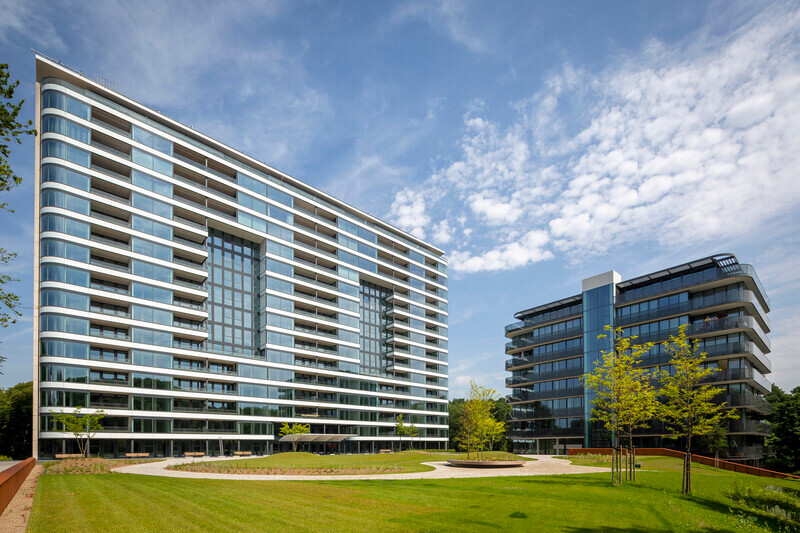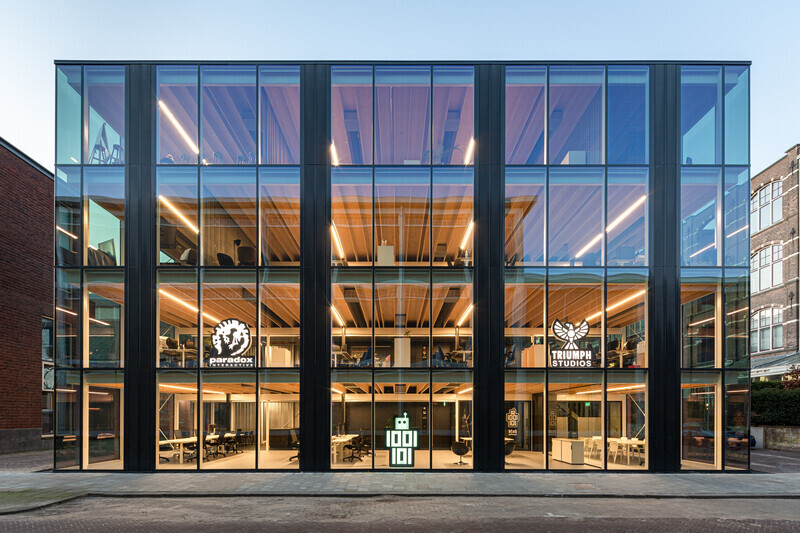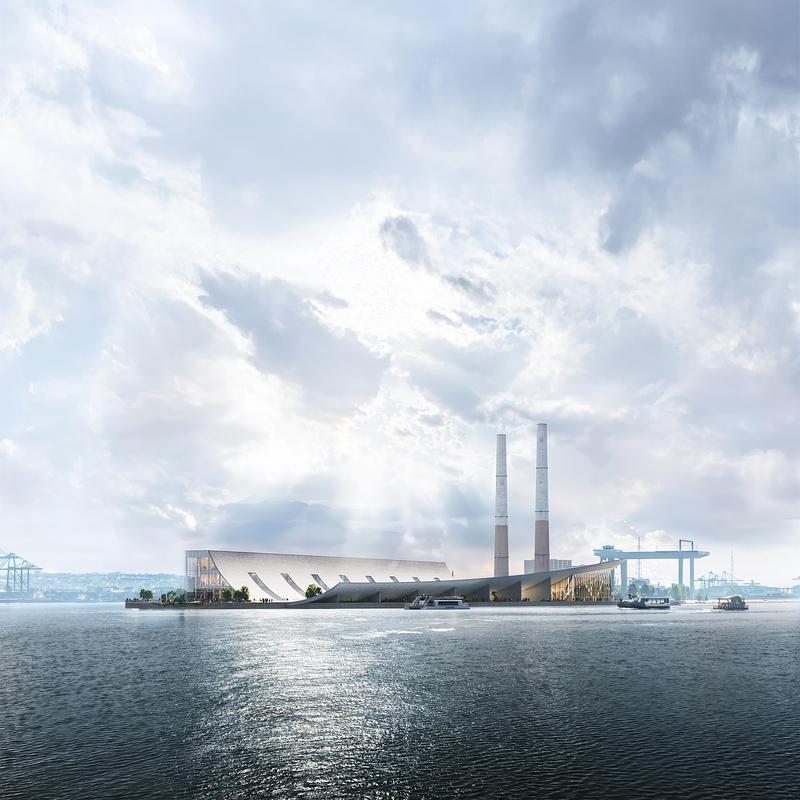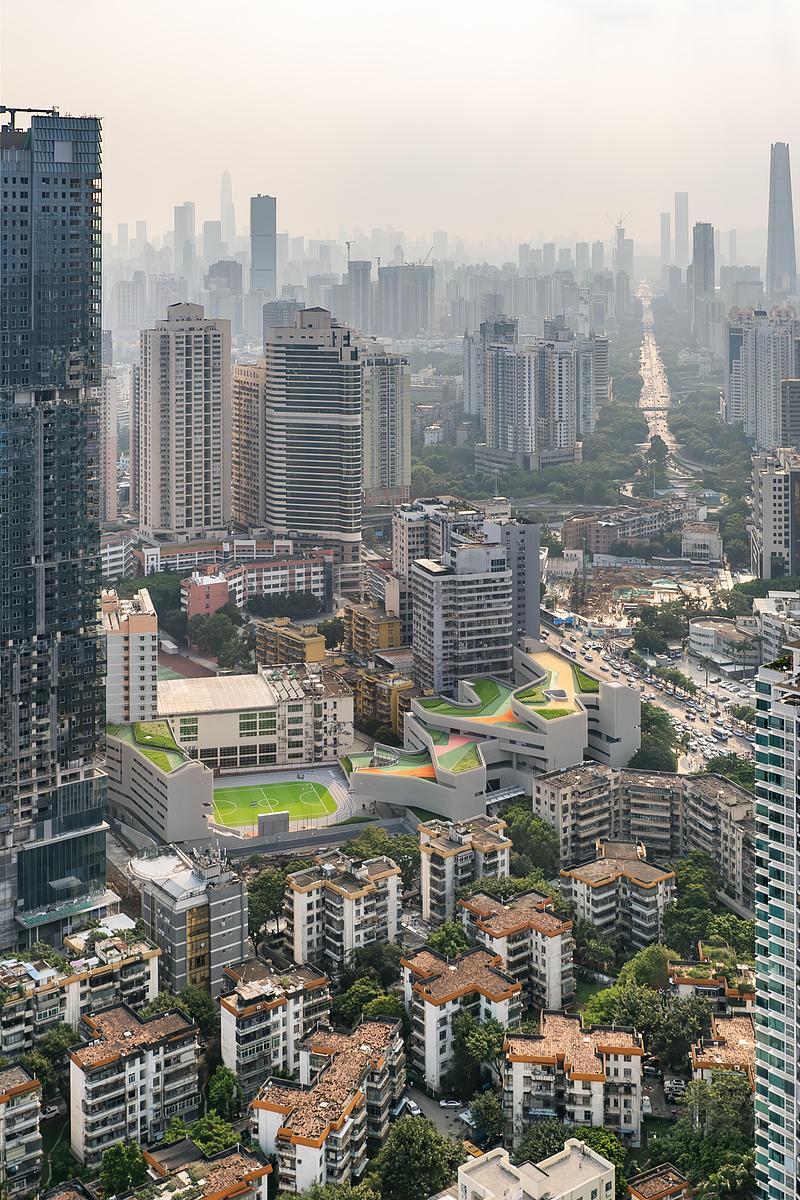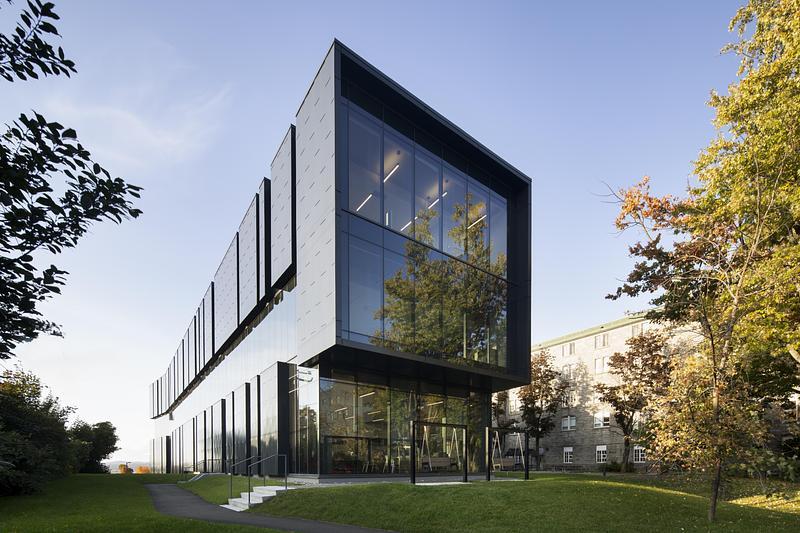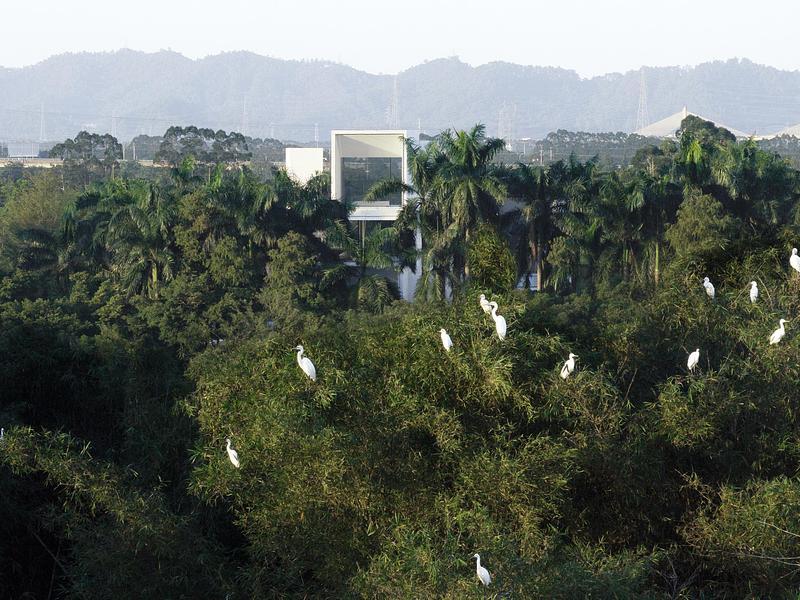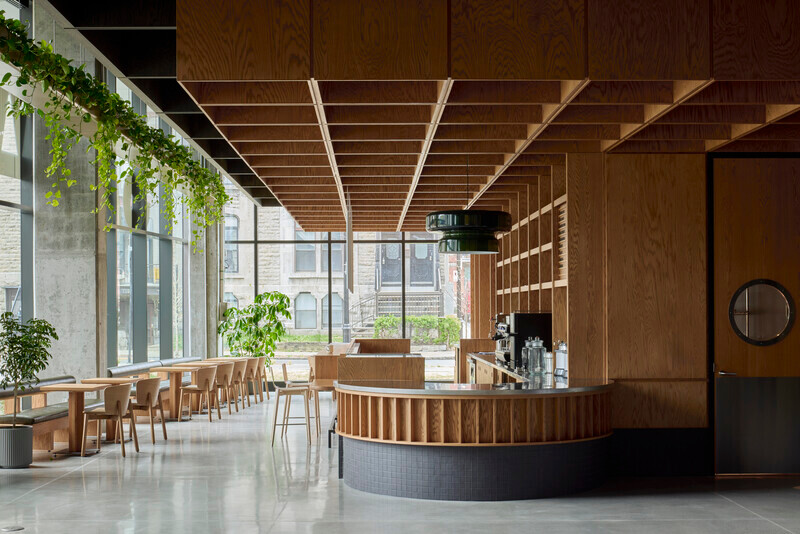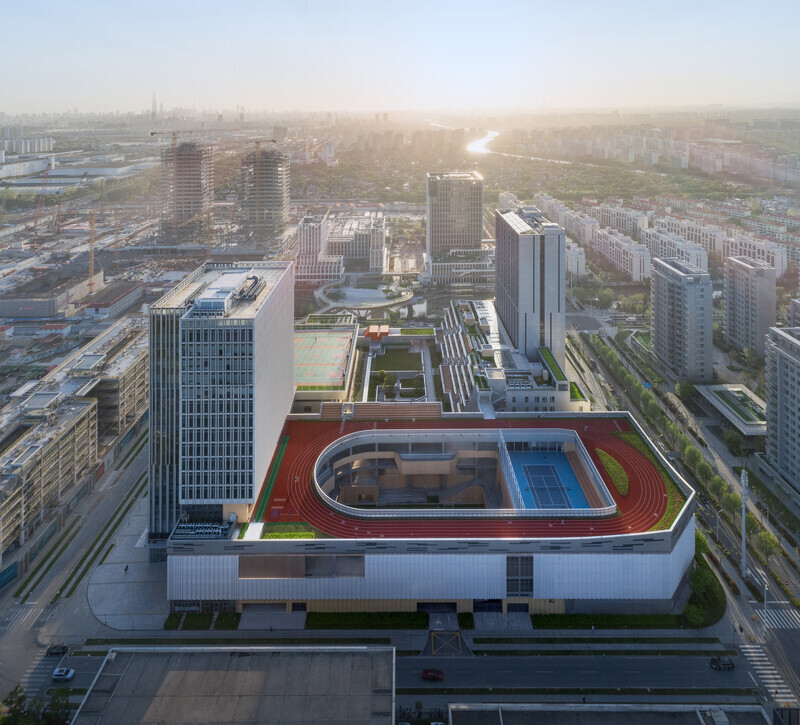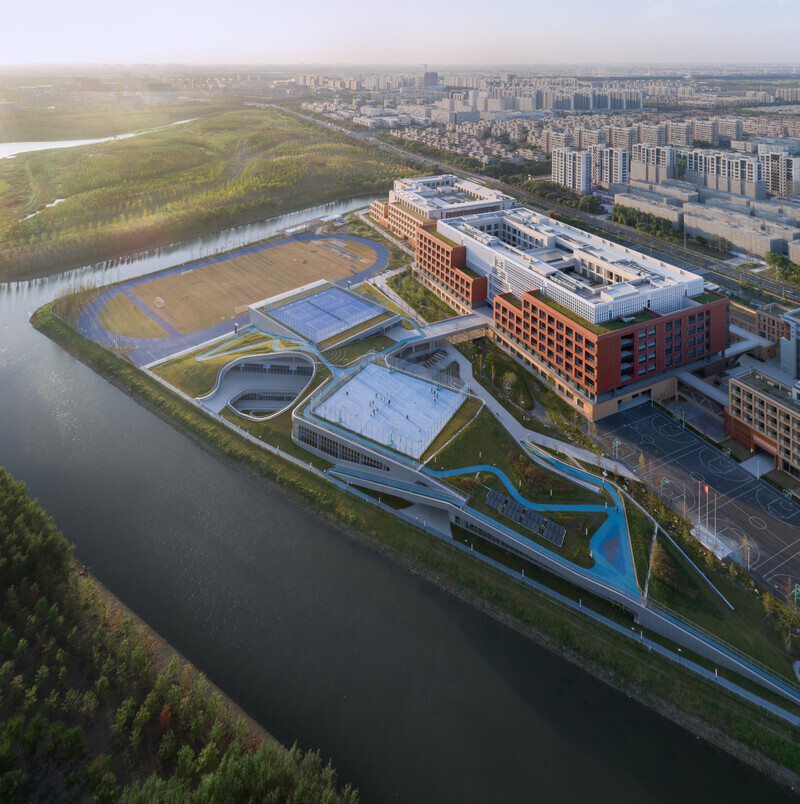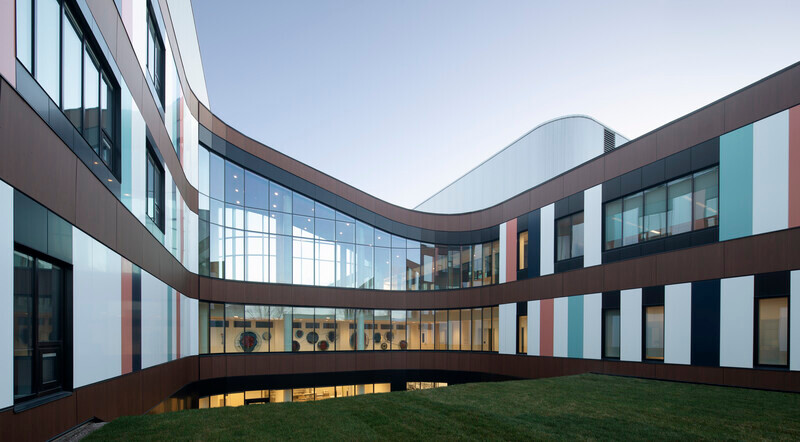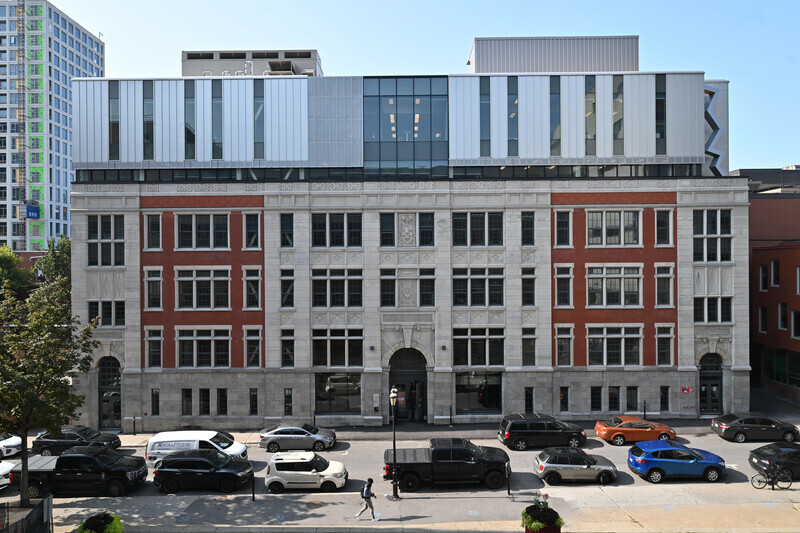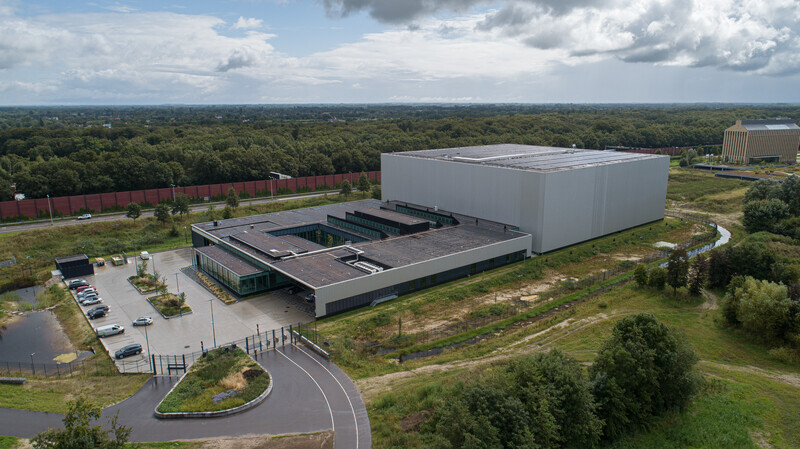
Dossier de presse | no. 3571-04
Communiqué seulement en anglais
The physical memory of The Netherlands
cepezed
On Monday September 13, 2021, outgoing Minister of Education, Culture and Science, Ingrid Van Engelshoven, opened the new CollectionCentre Netherlands (CC NL) in Amersfoort, The Netherlands. The non-permanently exhibited art and heritage pieces of the Rijksmuseum, the Netherlands Open Air Museum, Paleis Het Loo, and the Cultural Heritage Agency of the Netherlands are brought together in the CC NL. Cepezed designed the interior of the building, in close collaboration with ABT for stability, Valstar Simonis for installations, and Peutz for building physics and sustainability.
500,000 objects
The CC NL stores approximately half a million objects. These objects range from paintings to sculptures, jewellery, clothing, clocks, furniture, and other crafts derived from a full spectrum of Dutch history, and from all walks of life. Examples include royal thrones and furniture from noble families, as well as merry-go-round horses, historic bicycles, sleighs, and a steam engine weighing more than 7,000 kilos. Together, the collections form “the physical memory of the Netherlands”.
Unique collaborations and facilities
Both organizationally and with regard to content, the four institutions of the CC NL work closely together in ways that are unique in the world. For example, the objects are not stored and classified per institution, but rather according to things like their nature, type, and date. The collections thus exhibit striking connections. The CC NL also offers unique facilities for the Netherlands, which benefit the entire cultural sector. For example, for the first time in the Netherlands, there are special quarantine rooms in which museum pieces can be rid of harmful insects and fungi by means of freezing cold or oxygen extraction. Additionally, the building contains a photo studio and an X-ray room, as well as two large restoration studios that can be used by other cultural institutions. CC NL stimulates research of its collections and promotes their mobility. For example, fellow museums are welcome to borrow the collections, and the building is accessible for research and education by appointment. The CC NL has no public function.
Structure in three parts
Functionally, the building consists of three linked construction sections, referred to as the ‘head’, the ‘neck’, and the ‘trunk’. The ‘head’ is a transparent volume containing the entrance and offices. In the ‘neck’, there are workshops where objects are examined and restored. The X-ray room, photo studio, freezer room, quarantine and oxygen-free areas, and a space for transport preparation are also located in that part of the building. Finally, the ‘trunk’ is a compact, closed volume of four storeys. This is the actual depot, with large spans of 8.1 meters to provide maximum layout flexibility. For optimal protection, the spaces features small fire compartments and high classification partitions. The ‘trunk’ also contains special facilities, including a cold storage room for audiovisual material, while the ground floor includes expansive space for large and heavy objects.
From ‘head’ to ‘trunk’, the building sections are connected by two parallel, seven-metre-wide axes that open up the building over its full length to form the main traffic arteries. One of the axes connects the covered forwarding area at the front to the depots in the ‘trunk’. The facades are clad with a sleek aluminum skin and, in darkness, the building is illuminated by the design of lighting artist, Herman Kuijer.
Five-star sustainability
In terms of sustainability, both the design and the completed building are BREEAM Outstanding certified; the highest achievable five-star classification. With a score of 91.62%, CC NL is ranked as the 15th most sustainable building in the Netherlands. The climate control of the depot area is special, with the roof and facades combining to form a highly insulating shell. The ground floor is uninsulated and is in direct contact with the underlying ground, which therefore acts as a temperature buffer. As a result, only an absolute minimum of installation techniques is required for air conditioning with a constant temperature between 12 and 15 degrees. This is not only energy efficient, but also contributes significantly to the safety of the collections. After all, fewer installations also mean that fewer installations can fail.
The depot has an RC value of 10, while the ‘head’ and ‘neck’ also have a high insulation value and an RC value of 6. In addition, these building parts use an ATES and a gray water system to flush the toilets. More than 3,600 m2 of solar panels have also been installed on the roof. The building is energy neutral (building-relater energy use) and, overall, is almost zero-energy (user-related use).
Ecological site layout
Sustainability and nature development also dictated the design of the patio between the ‘head’ and ‘neck’, and the grounds around the building. The site design contributes maximally to the development of local flora and fauna; for example, rabbits and foxes have already been spotted around the building on a number of occasions. A wadi, a natural water basin that collects rainwater, also functioning as an infiltration facility for the surrounding vegetation, is part of both the ecological landscape design and the security measures.
Pleasant workplace
Much attention has been paid to making CC NL a pleasant and functional workplace for the approximately thirty employees of the various institutions. The building has a clear and well-arranged layout, with spacious transport zones that support efficient logistics. The workshops receive abundant daylight through the patio and north-facing shed roofs. Restorer, Maranthe Lamers: “To be allowed to work here is a really nice experience. It is very light here, it is spacious, it is large and that makes it very pleasant to be able to work here.”
Reachable
CC NL was built in the Vathorst district, in Amersfoort, right along the A28 motorway. This location was chosen because of its ease of accessibility. First, it is centrally located in the Netherlands and easily accessible for all four institutions involved. Because CC NL wants to stimulate loan traffic, the proximity of a highway is also important. Moreover, the new building is within walking distance of the Amersfoort Vathorst train station, enabling people to also access it via public transport without any problems.
Construction and relocation
Construction began in May 2018, and the building was handed over to the four partners in the summer of 2020. In a year’s time, all objects of the four institutions have been brought from the existing depots to be housed in the CC NL. Approximately 70 people and three removal companies worked on this endeavor, and it took a total of 869 truck trips to move the collection to CC NL. That is a process that Rijksmuseum location director, Wim Houben, experienced as “a year-long party”. Spokesperson Udo Feitsma of the Netherlands Open Air Museum is also very enthusiastic about the new accommodation for the collections. “When I walk around here, I’m like a kid in a candy store. It’s just so beautiful to see,” he says. “What I really like about CC NL is that these four collections together form the history of the Netherlands, and you can see that very well here.”
Technical sheet
Facts & figures
gfo:
31.500 m2
Building measurements:
166 x 80 x 24 m (L x W x H)
Number of staff:
ca. 30
Quarantine facilities:
Cold storage room, treatment room pesticides, low oxygen cells
Other facilities:
Restoration studios (1000 m2 jointly), x-ray room, photo studio (260 m2), project room, woodworking room, packaging room, truck docks, parking places for cars and bicycles
Depot storeys:
4
Depots:
39
Shelf space:
19.110 m1
Mobile floor space:
960 m2
Mesh wall:
24.250 m2 (fixed and mobile)
Roll racks:
1.287 tubes
Drawers:
3.655
Panel racks:
117
Cabinets for hanging:
191
Heaviest object:
Steam engine Tarzan (7.200 kilogram)
Largest object:
Barrel organ De Blauwe Mortier (The Blue Mortar)
(5,40 m x 7,60 m)
Transfer of collections:
1 year | 869 truck rides
PVv-panels:
2.180 (3.600 m2)
Project data
Location:
Amersfoort, The Netherlands
Client:
Rijksmuseum, Amsterdam
Users:
Rijksmuseum, Amserdam | Dutch Open Air Museum, Arnhem | Paleis het Loo, Apeldoorn, Netherlands Cultural Heritage Agency, Amersfoort
Architect:
architectenbureau cepezed, Delft
Consultant stability:
ABT, Delft
Consultant installation techniques:
Valstar Simonis, Rijswijk
Construction physics, acoustics, fire safety &
sustainability:
Peutz, Zoetermeer
Interior design:
Cepezedinterieur, Delft
Landscaping:
Ruijzenaars Landscapes, Amersfoort
Lighting design:
Herman Kuijer
Main contractor:
Visser & Smit Bouw, Rotterdam
Contractor construction:
G&S Bouw, Amsterdam
Project period:
may 2016-april 2020
About Cepezed
Cepezed creates user-friendly architecture with an abundance of daylight, flexibility, and quality of experience. Its buildings are pleasant places to be, and often just a bit different. They are also conceived to be highly efficient and environmentally aware.
Cepezed consist of an architectural office, with additional areas of expertise: Cepezedprojects for development, Cepezedbouwteam for realization, and Cepezedinterieur for building interiors.
Pour plus d’informations
Contact média
- cepezed architects
- Miran de Groot
- pr@cepezed.nl
- +31 (0)152150000
Pièces jointes
Termes et conditions
Pour diffusion immédiate
La mention des crédits photo est obligatoire. Merci d’inclure la source v2com lorsque possible et il est toujours apprécié de recevoir les versions PDF de vos articles.
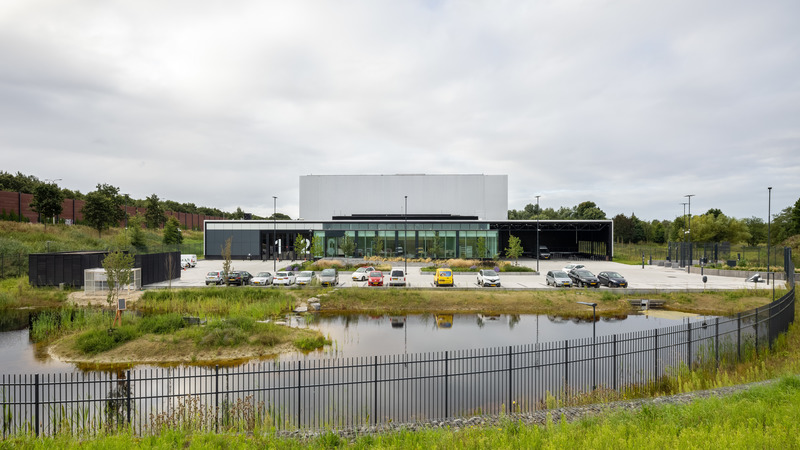
Image haute résolution : 15.67 x 8.81 @ 300dpi ~ 8,3 Mo

Image haute résolution : 16.67 x 11.12 @ 300dpi ~ 9,9 Mo
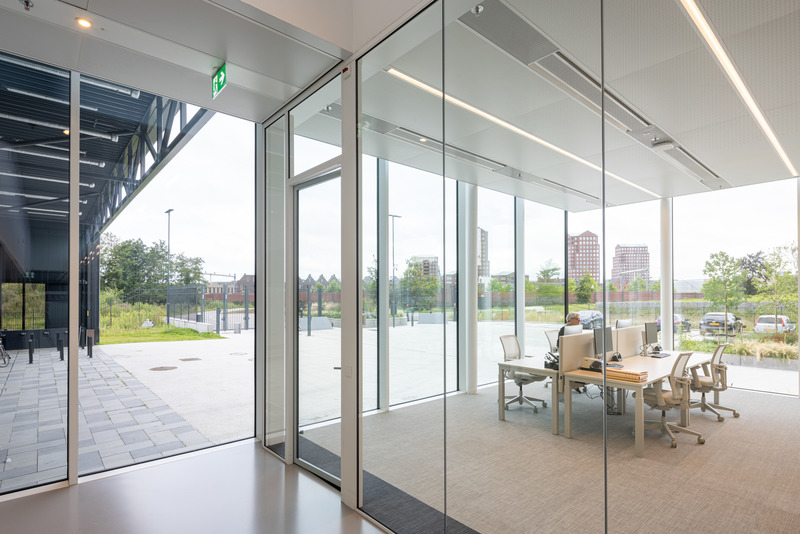
Image haute résolution : 15.67 x 10.45 @ 300dpi ~ 7,9 Mo
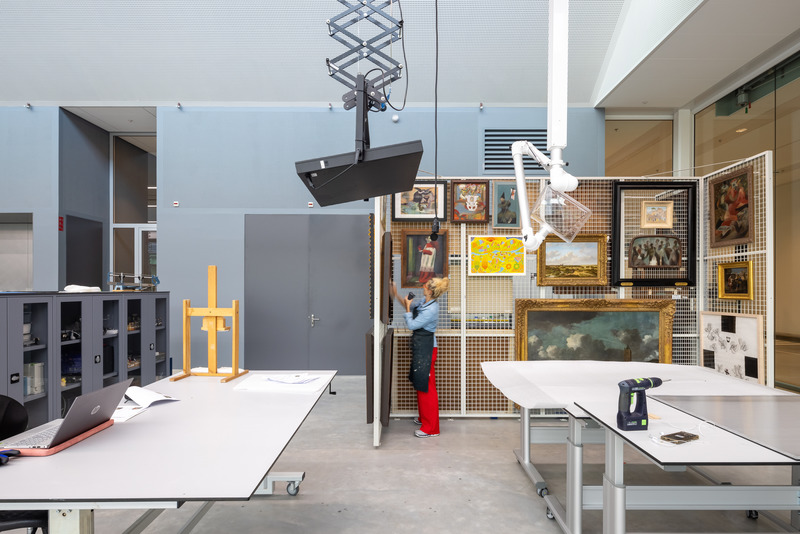
Image haute résolution : 15.67 x 10.45 @ 300dpi ~ 10 Mo
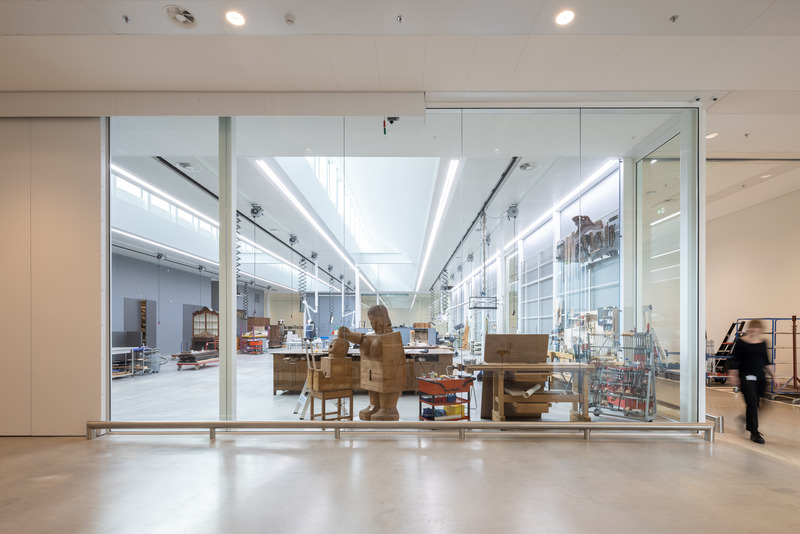
Image haute résolution : 15.67 x 10.45 @ 300dpi ~ 7,8 Mo
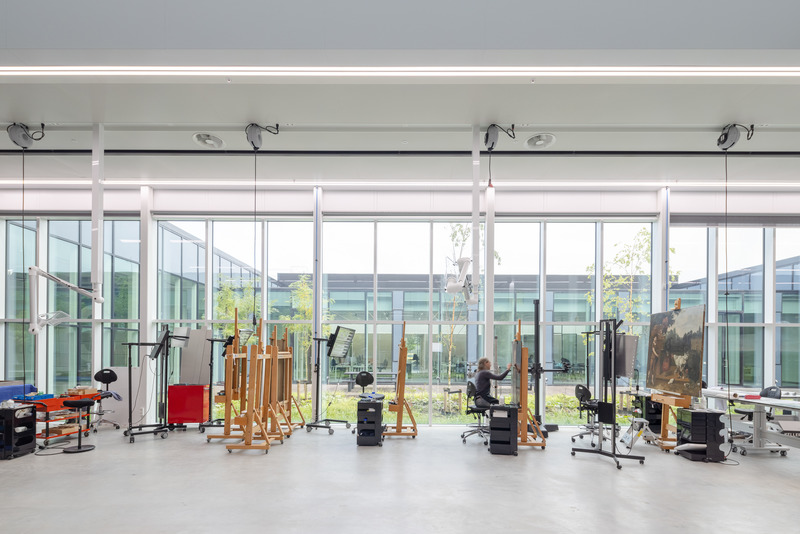
Image haute résolution : 15.67 x 10.45 @ 300dpi ~ 8,1 Mo
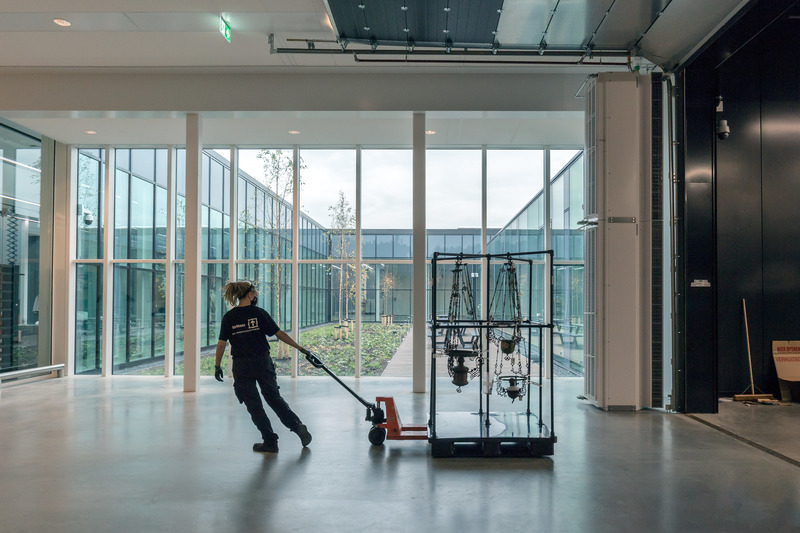
Image très haute résolution : 18.26 x 12.18 @ 300dpi ~ 18 Mo
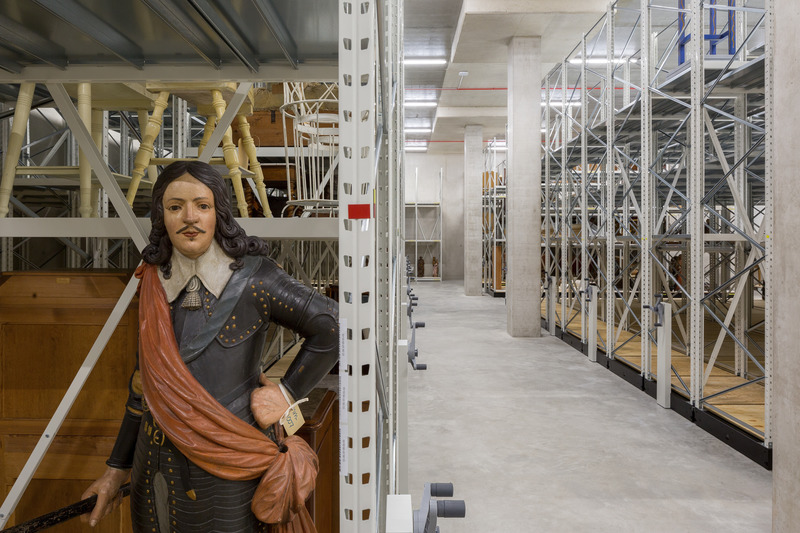
Image très haute résolution : 19.2 x 12.8 @ 300dpi ~ 17 Mo
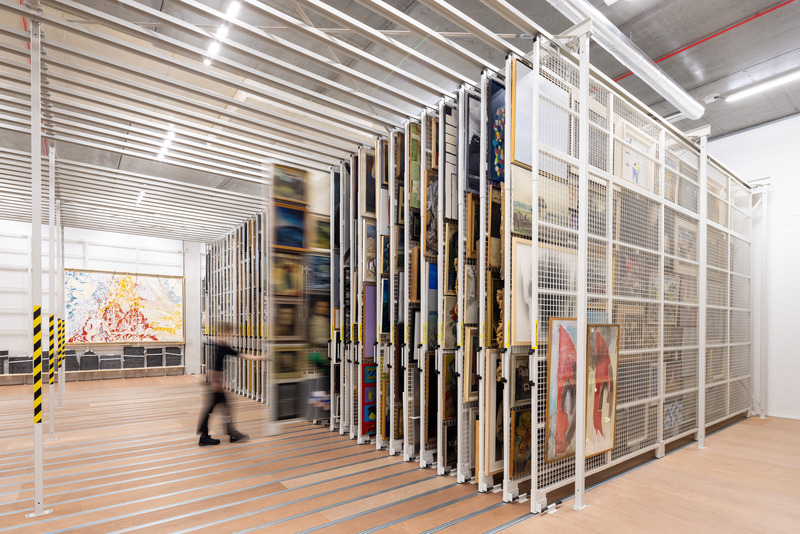
Image haute résolution : 15.67 x 10.45 @ 300dpi ~ 11 Mo
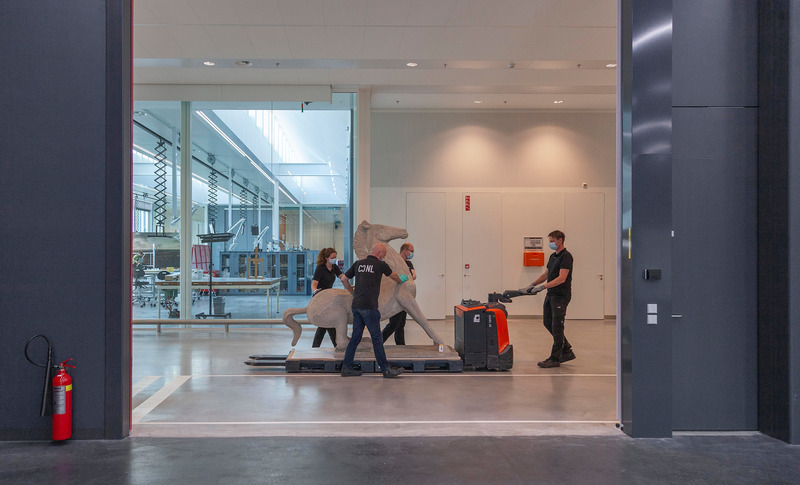
Image haute résolution : 16.8 x 10.19 @ 300dpi ~ 2,7 Mo
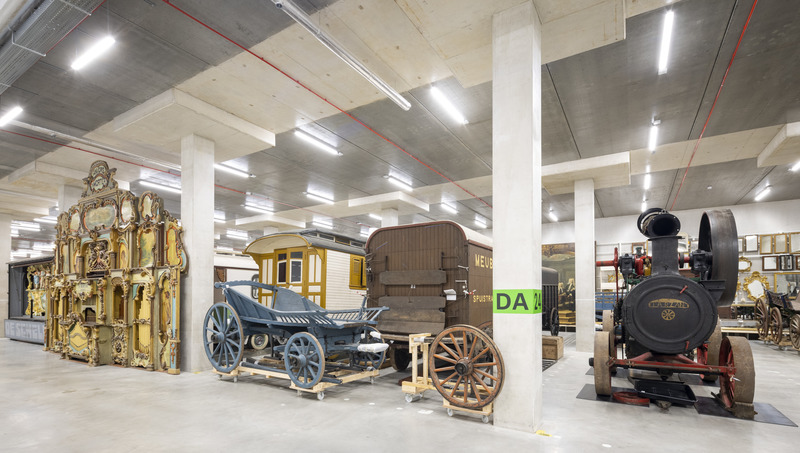
Lucas van der Wee | cepezed
Image haute résolution : 15.55 x 8.81 @ 300dpi ~ 8 Mo
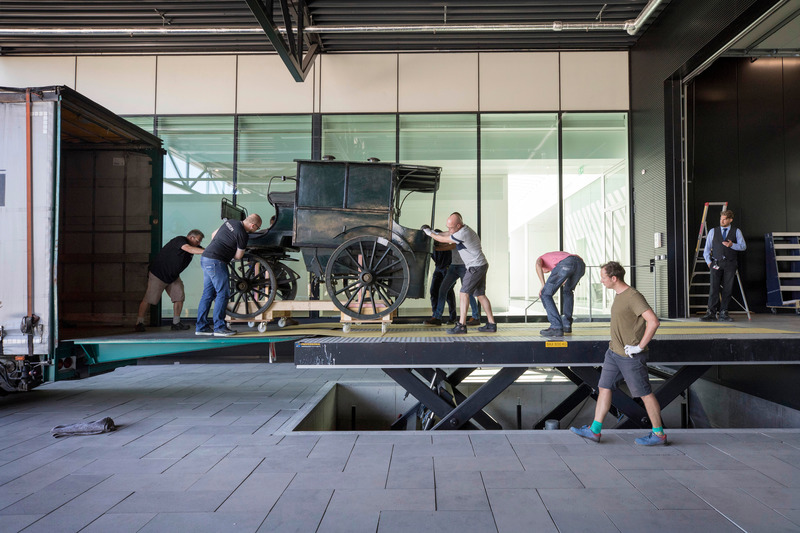
Image très haute résolution : 21.82 x 14.54 @ 300dpi ~ 3 Mo
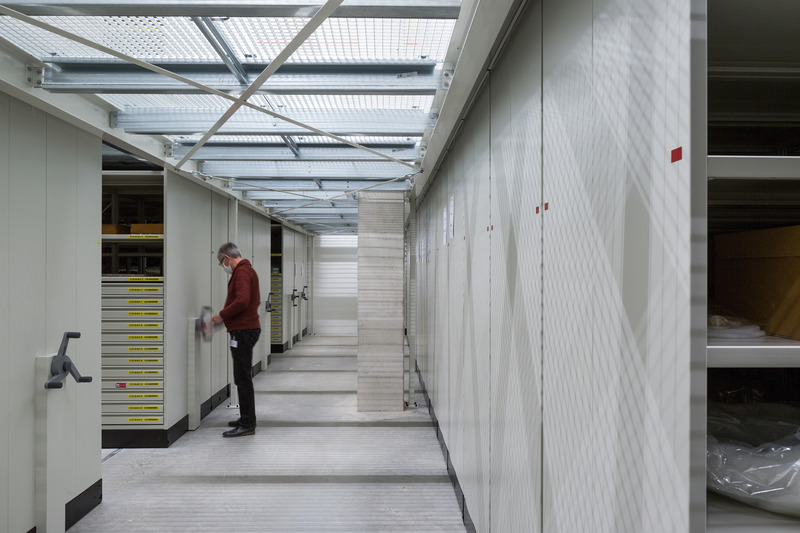
Image très haute résolution : 18.7 x 12.47 @ 300dpi ~ 16 Mo
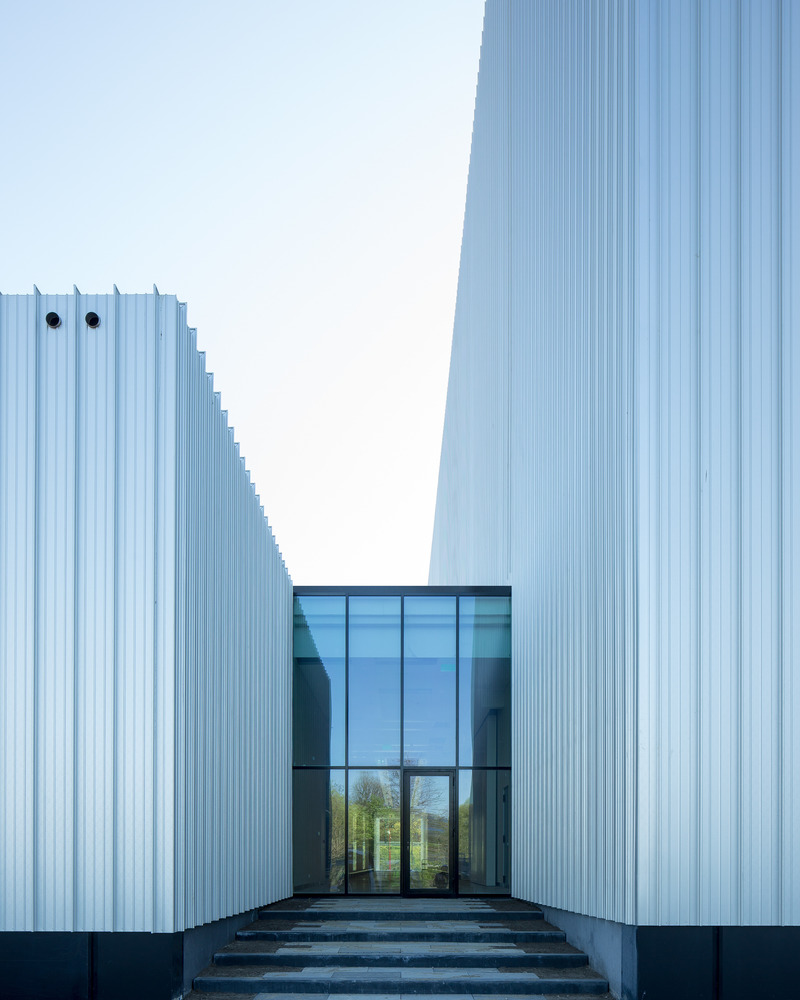
Image haute résolution : 12.8 x 16.0 @ 300dpi ~ 11 Mo
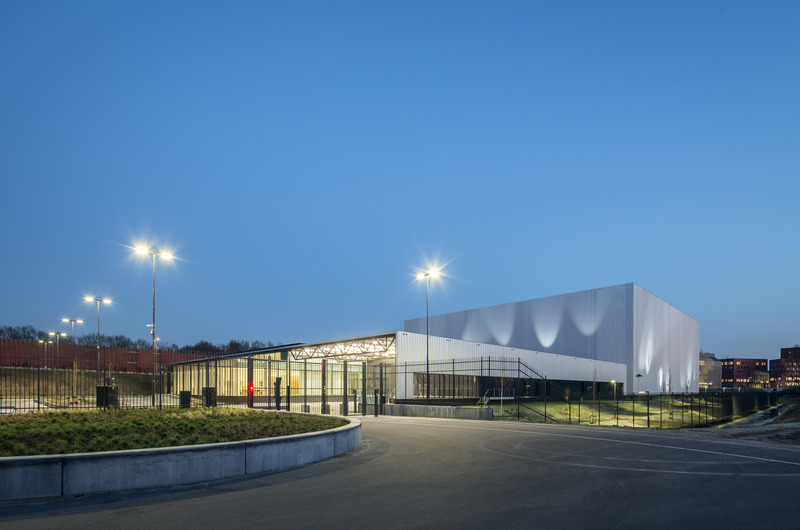
Image très haute résolution : 17.09 x 11.33 @ 300dpi ~ 14 Mo
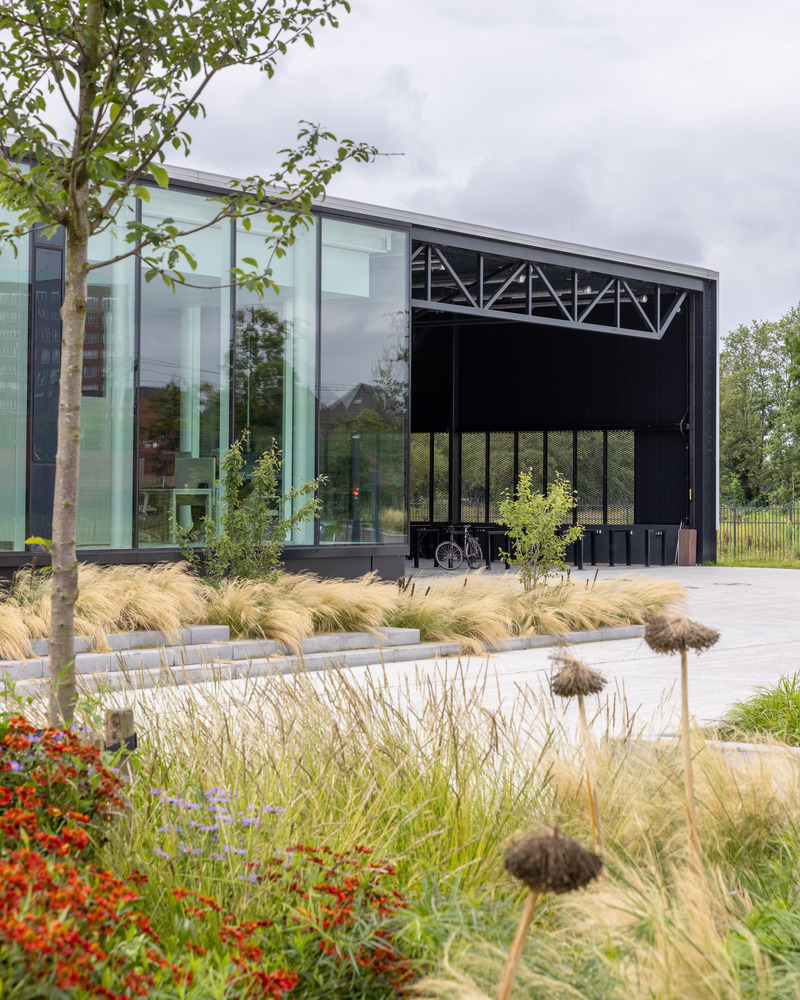
Image haute résolution : 12.53 x 15.67 @ 300dpi ~ 13 Mo
